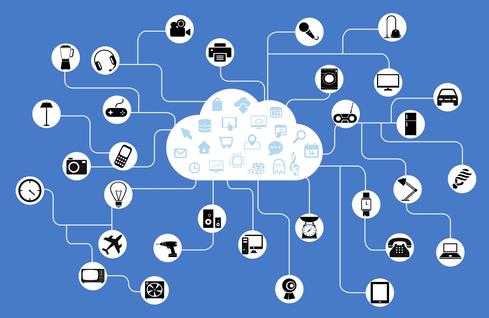The Role of IoT Gateways in the NetworkThe Role of IoT Gateways in the Network
EMA research reveals the vital functions an emerging type of device performs in enterprise IoT initiatives.

Network engineers and architects who support internet of things (IoT) initiatives have a new class of devices to learn about: IoT gateways. Whether you are connecting legacy devices or new devices to your IoT ecosystem, an IoT gateway will probably have a role to play.
In fact, 72% of network infrastructure professionals who are involved in IoT initiatives have deployed IoT gateways in their environment, according to Enterprise Management Associates’ (EMA) research report, “The Internet of Things and Enterprise Networks: Planning, Engineering, and Operational Strategies.” Furthermore, successful implementers of IoT were 2.5 times more likely to be using IoT gateways than their less successful peers.
The first definition of an IoT gateway that I ever read focused on connectivity aggregation. Gateways can sit at the edge of an IoT ecosystem and provide downstream connectivity to multiple “things” via Ethernet, WiFi, Zigbee or any combination of network technologies that the gateway vendors support. Typically, the gateway then connects upstream to a WAN router, an LTE base station or whatever other network options are available.
However, connectivity aggregation is actually a secondary driver for IoT gateways. EMA asked network professionals who have deployed these devices to identify the functions that the devices perform in their IoT ecosystems. Only 40% use them for connectivity aggregation.
Our study showed that the No. 1 function performed on IoT gateways is support of edge computing and analytics (57%). Many enterprises have determined that they need to analyze some, if not all, IoT data at the edge of their networks. This not only reduces the amount of bandwidth consumed by IoT data, but it also improves system reliability. If you are making critical, data-driven decisions at the edge, where IoT devices are, you do not want network outages to cut off those devices from analytics applications in your data center or the cloud. IoT gateways offer on opportunity to perform analytics closer to the IoT devices.

IoT-jeferrb-pixabay
Half (50%) of IoT gateway users reported to EMA that they also use the devices to encrypt and/or decrypt IoT data. EMA research has found that many network teams struggle with modeling security threats to IoT data in motion and they are stymied by a lack of channel-based security controls on IoT devices themselves. In other words, most “things” can’t encrypt data on their own.
Many organizations also implement IoT device control and management (47%) and IoT protocol translation (43%) on gateways.
EMA recommends that network teams familiarize themselves with IoT gateways. Many network infrastructure vendors such as Cisco, Dell, HPE, and Huawei offer them, as well as some less familiar names like Adlink, Advantech, Kontron, and MultiTech Systems. There is also an emerging ecosystem of software vendors offering solutions that run on these gateway devices.
As you evaluate this emerging market, partner closely with your operational technology organization or whatever line of business organization that is helping to drive IoT initiatives. Your combined expertise will help you all make the best decisions on IoT gateway adoption.
About the Author
You May Also Like




